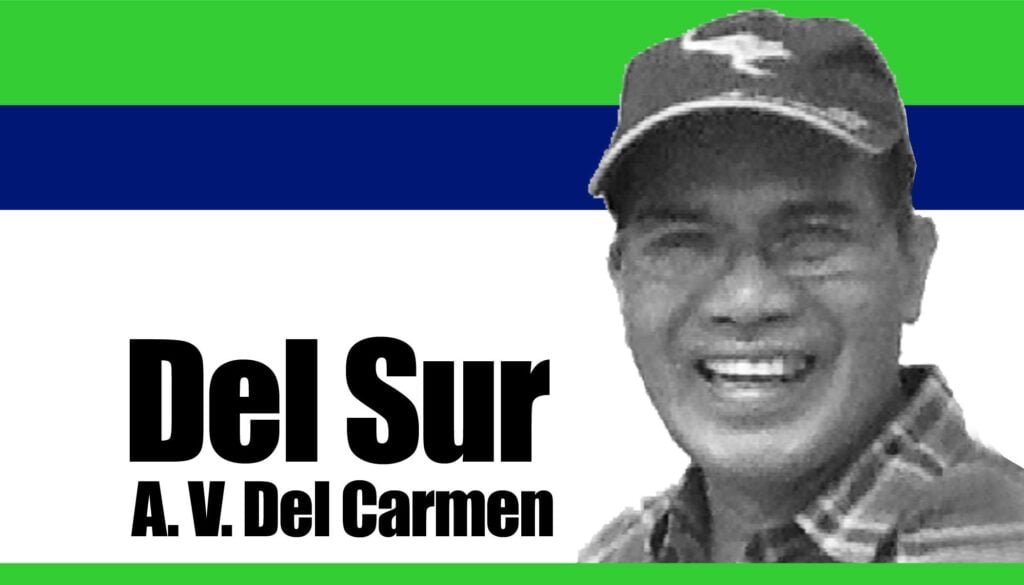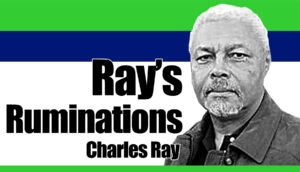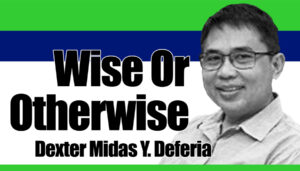
Two memorable trips I took on my birthday month took place a little over two decades ago.
I travelled to Chiang Mai in Thailand in 2002 to attend the biennial conference of the then Asian Christian Faculty Fellowship and, two years later, I flew to India for a similar gathering in the southern city of Chennai, previously known as Madras.
Chiang Mai was very memorable because in that conference, I learned about the Service-Learning pedagogy, which I introduced to my university in Bacolod City and it became a byword among my students until my retirement almost 10 years ago.
To this date, I remain a disciple of Service-Learning, which I continue to share with my fellow educators and promote to other institutions.
***
Chiang Mai, the most famous city in northern Thailand and the second biggest in the country next to the capital, Bangkok, is known for its cool weather. It is located only about 50 kms. from the border of Myanmar and Laos.
Beyond the walls of the workshop at Payap University, I was able to enrich my knowledge of ASEAN culture through my exposure to an important Thai cultural tradition – the Loy Krathong.
That trip coincided with the last days of the celebration, giving me a first-hand experience and insight on the cultural practice.
A highlight of the Loy Krathong celebration is the lantern festival, which includes both traditional and sky lanterns.
While Loy Keating is celebrated across Thailand, it is said that the Chiang Mai festivity is said to be the most popular among visitors.
The festival highlights the paying of respect to the Goddess of Water and asking for forgiveness for the pollution residents may have caused.
The name of the festival is derived from two terms – ‘loy’ (to float) and ‘krathong’ (a small vessel made from banana leaves and trunk and decorated with flowers, candles and incense).
People float the krathong with the prayer to avoid misfortunes and hope for better days ahead.
The festival traces its roots to India.
***
Chennai is the fifth biggest city in India with a population of about 12.5 million.
To get to Chennai, we flew first to Singapore and from there, we took Singapore Airlines, a flight of a little more than four hours.
At Madras Christian College, our host institution, I was amazed at the sight of several spotted deers (a conservation concern in Negros). I was told they are leashed on various parts of the campus to ensure that they don’t stray, especially to the nearby highways.
Chennai, founded in 1639, is a storied city, with some of its chapters I had the opportunity to explore.
There’s the Marina Beach facing the Bay of Bengal. It spans 6 kms., making it the second longest urban beach in the world. Sadly, a number of lives were lost at Marina when the tsunami struck in 2004, a month after I visited the Chennai coastal attraction during a conference break.
I visited, too, the Parthasarathy Temple, a 6th century structure dedicated to Vishnu, who in Hinduism, is a principal deity, the preserver and protector of the universe.
Christianity is well-founded in Chennai, which is home to the St. Thomas Mount National Shrine in the outskirts of the city.
Records show that St. Thomas, of the apostles of Crist, in his evangelization work, reached Chennai, where he was martyred for his faith in 72 A.D.
The main attraction of the shrine is the church built on what is believed as the spot where the apostle was killed.
In honor of the apostle, the St. Thomas Basilica was founded by Portuguese explorers in 1523. The church was declared a national shrine in 2004 by the Catholic Bishops Conference of India. It was extended and architecturally restored also on 2004.
Those trips were most valuable because of their educational and socio-cultural values, insights which were etched as indelible marks in my stream of consciousness.
Chiang Mai and Chennai – two cities particularly on my mind at this time of the year – truly a November to remember.
***
He said to them, ‘Go into all the world and preach the gospel to all creation. Whoever believes and is baptized will be saved, but whoever does not believe will be condemned’. (Mark 16:15-16) | NWI




